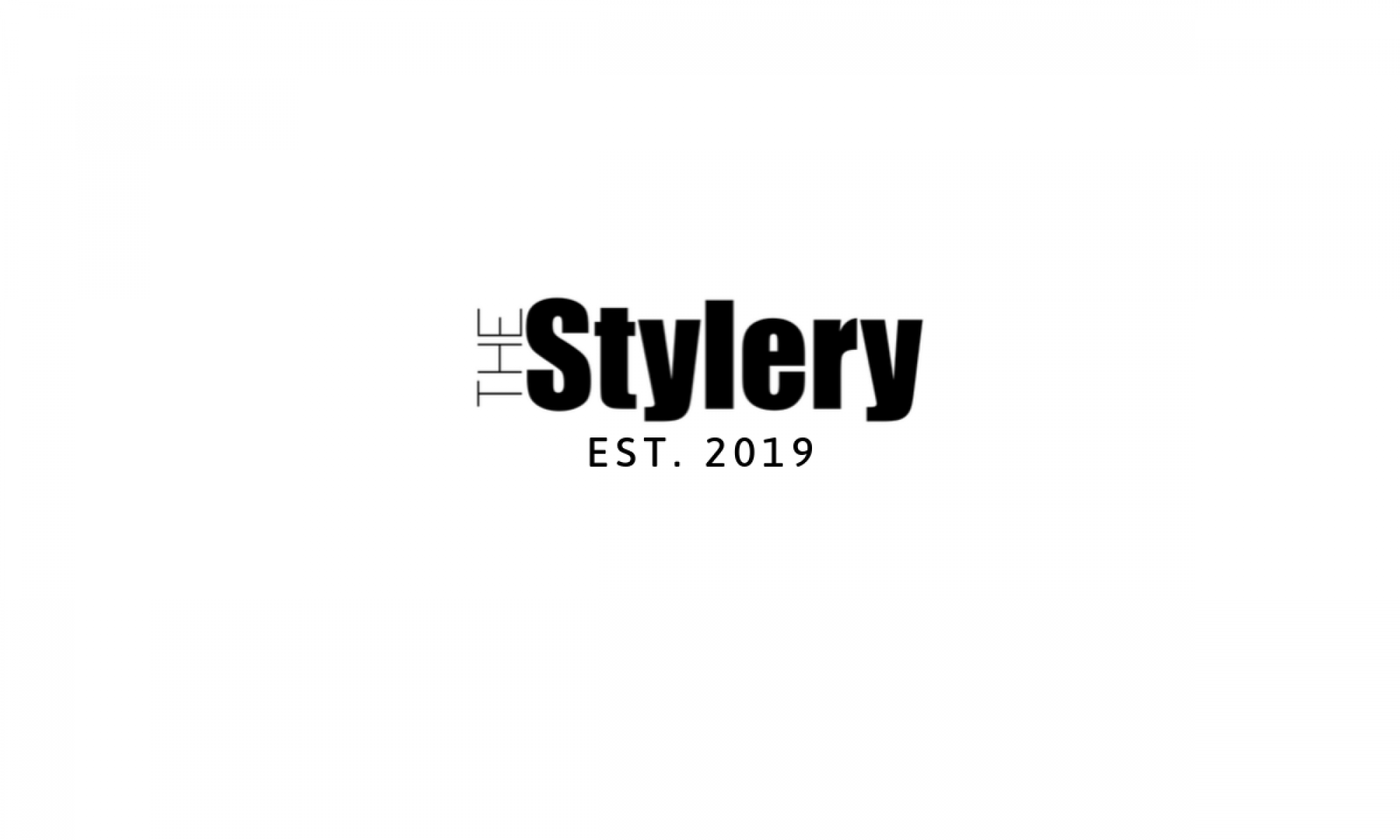Remember our style hero with the Kelly green pants? Well, we got to thinking more about the greenness of those trousers and how effectively the color communicated friendliness, abundance, creativity and aliveness, how the gentleman’s choice of Kelly balanced the possible formality of the crisp white oxford shirt and fedora. Color is one of the most important spices to consider in your style soup. It is immediately perceived and interpreted; like garlic, you can taste it in the first bite. And like garlic, there is a kick to color. It is best when used wisely, strategically and in symphony with all other ingredients. We’d bet the house that our style hero knew what he was doing when he sprinkled Kelly-Kermit-the-Frog-green into his style soup that day.
Color communicates volumes about the wearer including moods and emotions, states and traits, goals and fantasies. Of course, there are other aspects of visible style that speak out loud too, for example, silhouette, fit, texture, pattern, drape, and how the items are worn and combined. These facets of style—including color—all interact to form a visual gestalt for a viewer.

Just like a bite of food, it’s a complex of flavors, textures, temperatures that hit you all at once. And just like with a delicious dish, deconstructing the individual elements of a spectacular look happens only after initial impact.
It could be argued that color is one of the first perceived and the first recalled aspects of style. Think about it, when you recall a terrific outfit, isn’t it very often the color you remember first (that red dress Jess wore to the wedding was fabulous), soon followed by shape, texture, fit etc.? This may be because color is linked to the emotional centers in our brains, it flows into us on a kind of neuron superhighway, right into the heart of our feeling centers. Red is thought to elicit excitement states including arousal and danger, while blue to known to be calming, safe, stabilizing. (That’s why hospital scrubs traditionally worn by doctors are light blue, and probably why Jess turned the most heads at the wedding!)
Colors are like spices that influence the character of your creation, the more you understand what they communicate, the more agency you have over what you are saying to the world (more on that in our Knowledge is Power post). To explore more about how color communicates and how you can use the range of hues more strategically when self-styling, take a look at Plutchik’s wheel of emotions, which is based on evolutionary theory. While Plutchik is not the definitive guide on color-emotion correspondence—in fact there are many theories of color out there! —his theory is a very helpful starting point in thinking strategically about color communication.
Happy cooking, style chefs!


